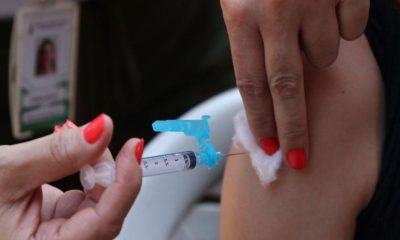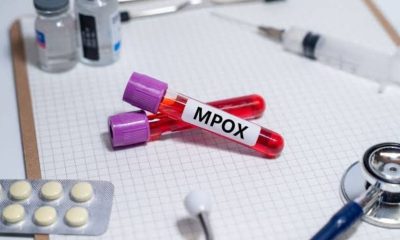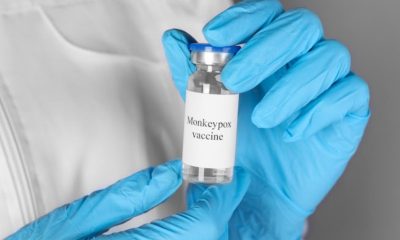Follow Us @
What types of breast cancer are there?
– how to remain healthy, health and wellbeing, latest symptoms and treatments.


Also read: What are the symptoms of breast cancer in women?
Also read: Lump in the breast: benign breast tumors
Types of breast cancer
- Ductal carcinoma in situ (DCIS): DCIS forms in the milk ducts of the breast. DCIS is 'in situ', which means that it has not spread to surrounding tissue. The cells are still in one place and there are no metastases. DCIS can develop into an invasive tumor that can invade surrounding tissue. This form can therefore be a precursor to breast cancer and must therefore be treated. Without treatment, some of the tumors will become invasive, although it is currently impossible to predict which DCIS will become invasive and which will not.
- Lobular carcinoma in situ (LCIS): Like DCIS, LCIS is a precursor to breast cancer. The cancer cells have not penetrated into surrounding tissue. This form can develop into invasive breast cancer. LCIS usually does not cause any symptoms and almost never forms small calcifications. That is why LCIS is almost never found during a mammogram, but is usually discovered by chance.
- Invasive lobular carcinoma: About 15 percent of all types of breast cancer are invasive lobular carcinomas (ILCs). The cancer cells originate in the lobes of the breast and spread to the surrounding breast tissue via these glands. They can also spread to the lymph nodes and other parts of the body. ILC cells are more separated from each other than in invasive carcinoma NSTs, which means that the tumor can often only be felt as a swelling of the breast. The tumor is not always clearly visible on a mammogram or ultrasound. An MRI scan is then necessary.
- Invasive carcinoma NST (formerly invasive ductal carcinoma): This form of breast cancer is the most common. About three out of four women with breast cancer have this form. NST stands for: Non-Special Type. This type starts in the milk ducts, but the cells grow beyond the walls of the milk ducts and can develop further. The tumor can spread to other organs.
- HER2-positive breast cancer: In 10 percent of breast cancers, the protein HER2 is abundantly present. HER2 is a protein that regulates the growth and division of normal breast cells. In HER2-driven breast cancer, the cells generally divide faster. It is therefore an aggressive tumor. In HER2-positive breast cancer, targeted therapy can be applied.
- Hormone-sensitive breast cancer: The female sex hormones estrogen and progesterone can influence the growth and division of a tumor. This type is called hormone-sensitive breast cancer. More than 80 percent of women with an invasive form of breast cancer have hormone-sensitive breast cancer. It is important to know whether the tumor is hormone-sensitive. In that case, anti-hormonal therapy is often given as part of the treatment.
- Triple negative breast cancer: This form of breast cancer is not sensitive to estrogen, progesterone and HER2. It is a fairly aggressive cancer, because it grows quickly and also spreads faster than other forms of breast cancer. Triple negative breast cancer is more common in young people and people with a genetic predisposition to breast cancer.
- Inflammatory Breast Cancer: Inflammatory breast cancer is a rare, aggressive form of breast cancer that spreads rapidly through the breast. The cancer cells block the lymphatic vessels in the skin of the breast. This causes the lymphatic vessels to become inflamed and the breast tissue to harden. The breast appears red and swollen and feels warm. This form of breast cancer is also called inflammatory breast cancer or mastitis carcinomatosa.
- Rare forms: There are also a number of rare forms of breast cancer, including Paget's disease, medullary carcinoma, tubular carcinoma, phyllodes tumor, and mucinous carcinoma or colloid carcinoma.
Also read: Inflammatory breast cancer: a very aggressive form of breast cancer
Also read: What are the survival rates for breast cancer?
Sources:
What types of breast cancer are there?
Follow AFRILATEST on Google News and receive alerts for the main news about celebrities, soap operas, series, entertainment and more! What types of breast cancer are there?
SHARE POST AND EARN REWARDS:
Join our Audience reward campaign and make money reading articles, shares, likes and comment >> Join reward Program
FIRST TIME REACTIONS:
Be the first to leave us a comment – What types of breast cancer are there?
, down the comment section. click allow to follow this topic and get firsthand daily updates.
JOIN US ON OUR SOCIAL MEDIA: << FACEBOOK >> | << WHATSAPP >> | << TELEGRAM >> | << TWITTER >
What types of breast cancer are there?
#types #breast #cancer



 Online Earning2 months ago
Online Earning2 months agoSee the details about the fall of Bitcoins

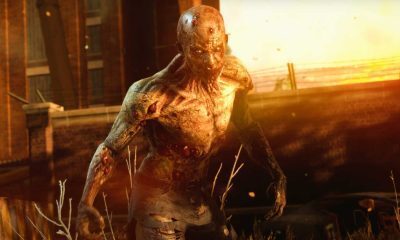

 Trending Game3 months ago
Trending Game3 months agoDying Light 2 – 7 tips to do well in the zombie adventure



 Fashion3 months ago
Fashion3 months agoLearn different ways to use scarves; new bet for the summer of 2024



 Culture2 months ago
Culture2 months agoDiscover the Nike Run SP routes

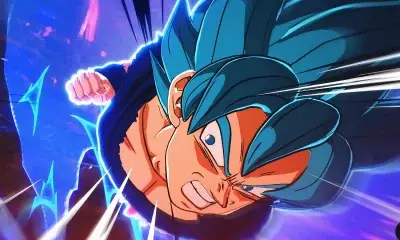

 Trending Game3 months ago
Trending Game3 months agoDRAGON BALL Sparkling! ZERO rips through the skies on October 11th



 Trending Game3 months ago
Trending Game3 months agoVictory Heat on Asphalt: Victory Heat Rally Is Coming!



 Trending Game3 months ago
Trending Game3 months agoSeason of the Reptile Arrives in Mortal Kombat 1 with Trailer

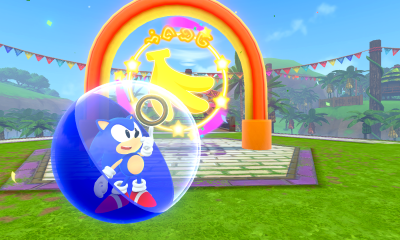

 Trending Game3 months ago
Trending Game3 months agoSonic and Friends appear in Super Monkey Ball Banana Rumble















